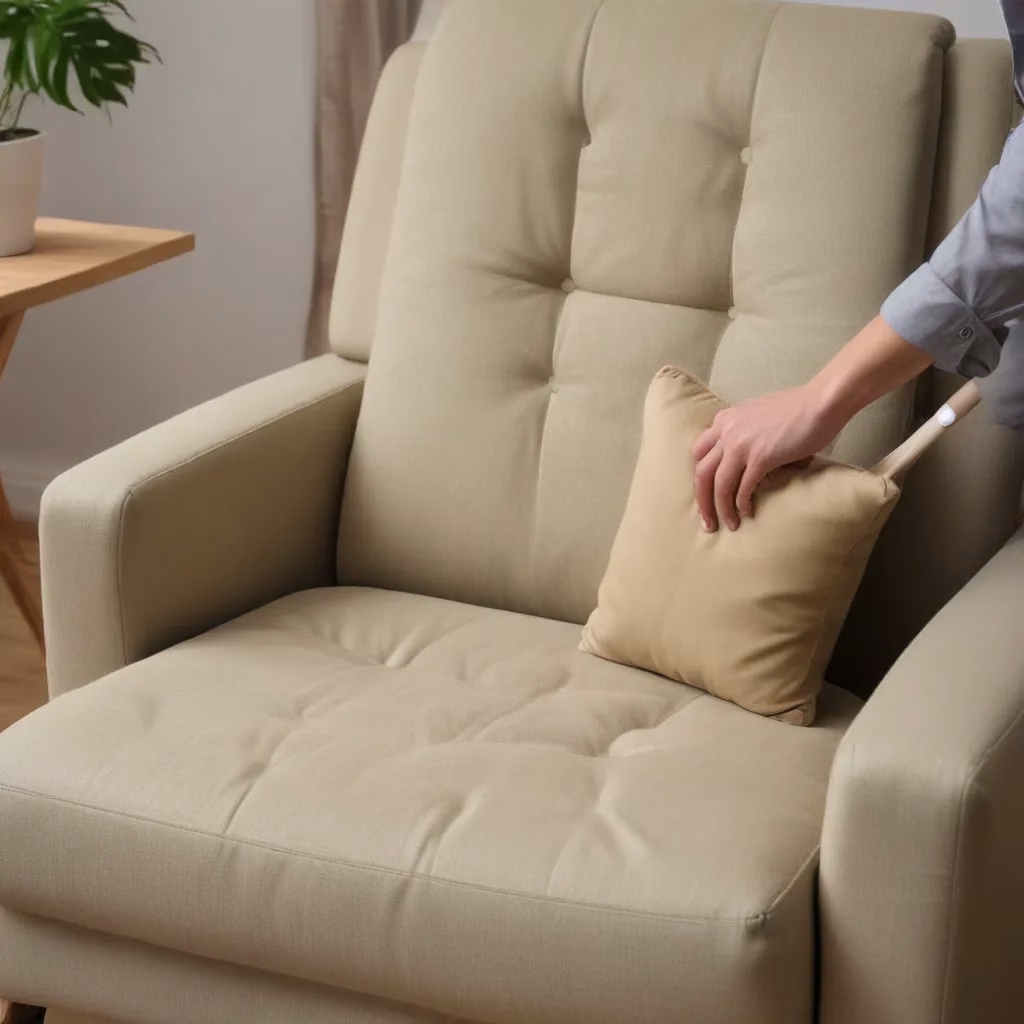Confessions of a Former Climate Change Ostrich
I’ll admit it – until a few years ago, I was a certified climate change ostrich. You know the type – head buried firmly in the sand, blissfully ignoring the ever-growing mountain of scientific evidence that our planet is in big trouble. I mean, why worry about melting ice caps and rising sea levels when there were so many great shows to binge-watch, right?
But then something changed. Maybe it was the increasingly bizarre weather patterns, the terrifying wildfires, or the sobering UN reports that painted a grim picture of our environmental future. Whatever the trigger, I suddenly found myself jolted out of my apathetic haze, staring down the barrel of a very real and very scary climate crisis. And let me tell you, it was not a comfortable realization.
The Wake-up Call
As I began to educate myself on the issue, I was overwhelmed by the sheer scale of the problem. Tens of millions of tons of emissions from the construction industry alone? Countries’ entire economies’ worth of carbon footprint? It was enough to make my head spin. And the worst part? I realized that I, and countless others like me, had been part of the problem.
But you know what they say – the first step to recovery is admitting you have a problem. And that’s exactly what I did. I vowed to become part of the solution, to make changes in my own life and home that could contribute to a greener, more sustainable future. And that, my friends, is where the real journey began.
A Greener Home, One Step at a Time
Now, I know what you’re thinking – “But where do I even start? Overhauling my entire home to be eco-friendly sounds like a daunting, not to mention expensive, task.” And you’re absolutely right. It can be overwhelming to try and tackle everything at once. That’s why I’ve broken it down into manageable, bite-sized steps that anyone can implement, no matter their budget or skill level.
Step 1: Reduce, Reuse, Recycle (with a Twist)
The classic “reduce, reuse, recycle” mantra is a great place to start, but I’ve added a little twist to it. When it comes to furnishing your home, I recommend seeking out sustainable, custom-made furniture that’s built to last. Not only does this help reduce waste, but it also means you won’t be constantly replacing cheap, mass-produced pieces that end up in landfills.
Step 2: Ditch the Chemicals
Toxic chemicals in household cleaners, paints, and other products can have a devastating impact on both the environment and your family’s health. Make the switch to natural, eco-friendly alternatives instead. Trust me, your lungs (and the planet) will thank you.
Step 3: Get Smart with Energy Efficiency
Upgrading your home’s insulation, switching to LED light bulbs, and investing in energy-efficient appliances may seem like small changes, but they can add up to big savings on your utility bills and a smaller carbon footprint. Plus, many governments offer incentives and rebates to encourage these kinds of improvements.
Step 4: Embrace Renewable Energy
If you have the means, consider installing solar panels or even a small-scale wind turbine. Not only will this reduce your reliance on fossil fuels, but it can also provide you with a reliable source of clean, renewable energy for years to come.
Step 5: Think Outside the (Cardboard) Box
When it comes to packaging and shipping, the construction industry is a major offender. But you can do your part by supporting businesses that prioritize sustainable, minimalist packaging and opt for eco-friendly delivery methods.
The Secret Sauce: Embodied Carbon
Now, I know what you’re thinking – “Okay, these are all great tips, but how do they actually help fight climate change?” Well, my friend, let me introduce you to the concept of embodied carbon.
Embodied carbon refers to the greenhouse gas emissions associated with the manufacturing, transportation, and installation of building materials. And guess what? The construction industry is one of the biggest contributors to this problem, accounting for tens of millions of tons of emissions annually.
But here’s the good news: according to a recent study, simple interventions like smart material selection and other energy-efficient measures can reduce embodied carbon by 20-40%. And that’s where the steps I outlined earlier come into play.
By choosing sustainable, custom-made furniture, opting for natural, eco-friendly products, and supporting businesses with a commitment to reducing their carbon footprint, you’re not only making your home greener, but you’re also contributing to the broader fight against climate change.
The Power of Collective Action
But here’s the thing – addressing the climate crisis isn’t something that can be done by individuals alone. It requires a collective effort across industries, governments, and communities. That’s why I’m so excited about initiatives like the Homebuilders Carbon Action Network (HomebuildersCAN), which is bringing together professionals in the construction industry to tackle the issue of embodied carbon head-on.
By sharing knowledge, best practices, and practical solutions, these experts are empowering homebuilders and energy raters to make a real difference. And that’s the kind of radical collaboration we need to transform the industry and create a more sustainable future.
So, whether you’re a homeowner, a renter, or even a professional in the construction industry, I encourage you to join the movement. Start small, make changes where you can, and use your voice to demand more from the businesses and leaders who have the power to drive large-scale change.
After all, the future of our planet is at stake. And if a former climate change ostrich like me can do it, I know you can too.




